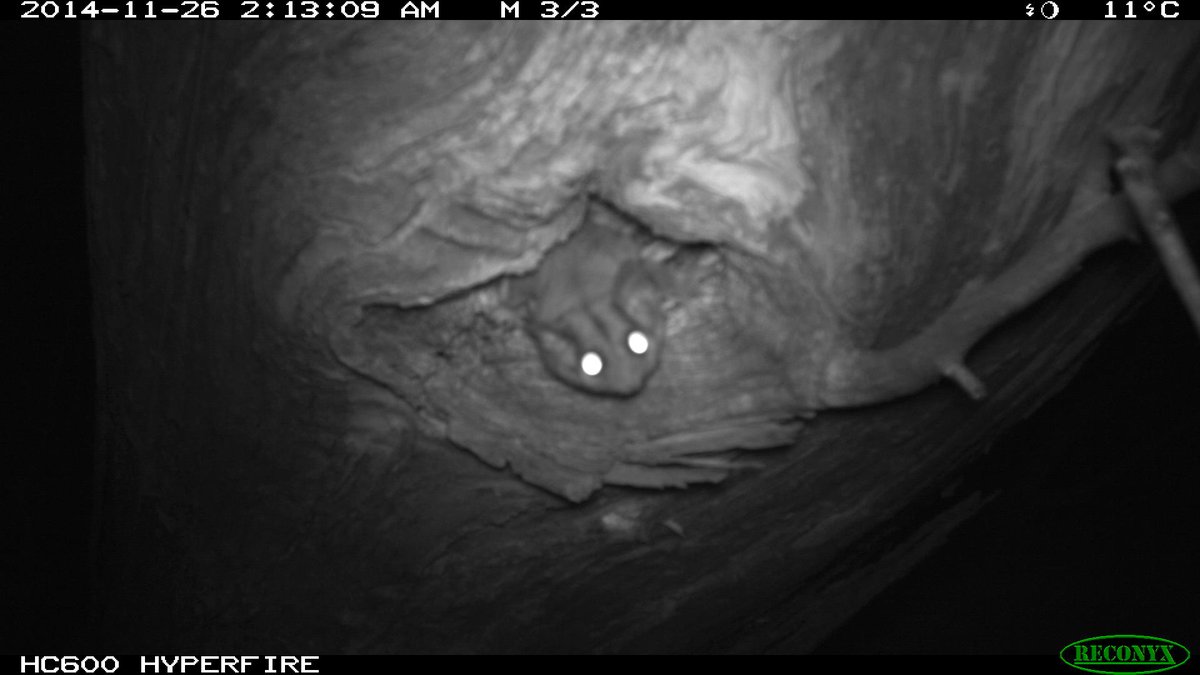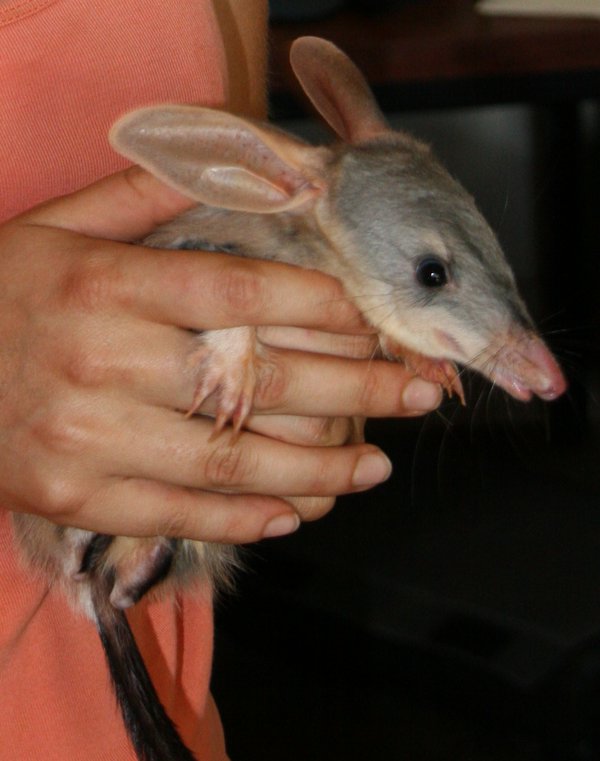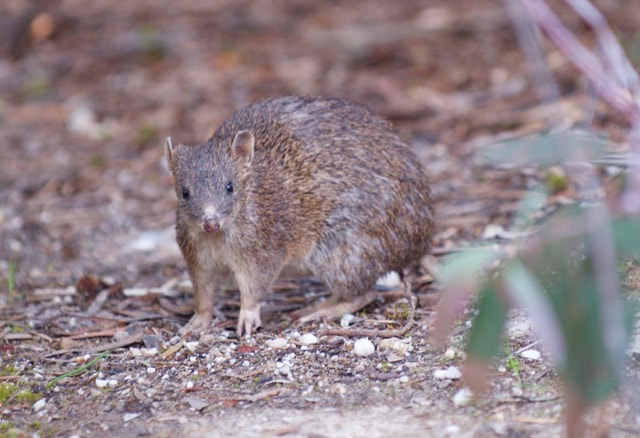Anna MacDonaldI'm a biologist with interests in genetics, conservation, ecology, invasive species, and wildlife management. Archives
May 2019
Categories
All
|
Back to Blog
Click here to read the full post at WildlifeSNPits.
I’m a fan of celebrating conservation success stories and sharing conservation optimism. In fact I’ve written about this before. Today, I want to share some wonderful teaching resources, that also highlight some reasons for hope in wildlife conservation. A little while back, I asked twitter to recommend short videos about mammal conservation in Australia, to include in lectures I was preparing. I wanted to illustrate some of the things that agencies need to think about when planning management strategies, and share some real examples of conservation actions with the students. Also, including videos of cute animals can make for a much more engaging lecture! Thanks to some lovely people I was sent links to a lot of interesting material. At the time I said I’d curate the list somewhere to make it easier for people to browse… and here it is. Please scroll down for links to a few videos about wildlife conservation, or with footage of threatened species. At this stage there is a strong focus on Australian mammals, but I’ll try to add links to other resources as I come across them. Feel free to share relevant resources with me… I know there are loads of other videos out there!
0 Comments
Read More
Back to Blog
Click here to read the full post at WildlifeSNPits. When is a native species also invasive, and how can we tell? This may seem a strange question, but it highlights the difficulty we sometimes face determining the boundaries of the area in which a species naturally occurs. Especially when detection is imperfect and those boundaries may change over time. Animals move. Plants move. Sometimes a species will naturally move into a new area, and we recognise this as a range expansion. At other times, a species may only be able to move to a new area with human help (deliberate or unintentional), and this may create a new, invasive population. Think about Australia. If I asked you to name an invasive mammal, you might choose a fox, cat, rabbit or pig. These are clearly not native to Australia. What if I ask you to name a native mammal? Maybe you chose a red kangaroo or a wombat? They are both native to Australia, but they are not native to ALL of Australia. If we were to move a native species to a new part of the country where it had never previously occurred, it may not find the resources it needs to survive, but if it did, we may have created a new invasive population – an invasive native... Photo credit Dejan Stojanovic
Back to Blog
WildlifeSNPits post 04/03/2017: Marsupial misconceptions: weird mammals, placentas and pouches5/3/2017 Click here to read the full post at WildlifeSNPits
I’ve now been living in Australia for almost 18 years, and I’m an unashamed convert to #TeamMarsupial. Marsupials are fascinating animals in both evolutionary and ecological terms, but at times I am surprised by how poorly-understood they are. I’ve been thinking of writing a post to address some recurring marsupial misconceptions for a while. When I saw how many marsupials were in the lineup for this year’s Mammal March Madness (more on this below) I decided that the time was right! So here we have it: eight things you might not know about marsupials, and profiles of the eight amazing marsupial species featured in Mammal March Madness 2017: Eight things about marsupials…
Back to Blog
Click here to read the full post at WildlifeSNPits
As many people know, two of my favourite topics are bandicoots and environmental DNA (eDNA). So I’m very excited about the online debut of my latest paper “A framework for developing and validating taxon-specific primers for specimen identification from environmental DNA” at Molecular Ecology Resources, which includes both bandicoots and eDNA. eDNA analysis is the analysis of DNA from environmental samples, which can include soil, water and animal faeces. eDNA studies can make valuable contributions to wildlife management, including management of invasive species, and conservation. Some animals are elusive, so relying on direct observations alone may not provide a true picture of where these species occur or which habitats they prefer to spend time in. eDNA detection, in conjunction with physical trapping, camera traps, and other survey data, has potential to improve our understanding of wildlife distributions. We may also want to learn about interactions between different species: predator-prey interactions are one example. This is where scat DNA is especially useful, as we can detect DNA from food remains in scats from a wide range of animals, including predators and herbivores. However… if we are going to use eDNA to guide management actions, which often require considerable investments of time and resources, we need to make sure that our eDNA studies are well-designed and reliable. Many eDNA tests use PCR and DNA sequencing methods to detect a single species or a group of closely-related species. These rely on the development of species-specific or taxon-specific PCR primers. We need to be confident that these primers will reproducibly detect the target species AND that they won’t also detect DNA from other wildlife that will be mistaken for the target species... |
 RSS Feed
RSS Feed


